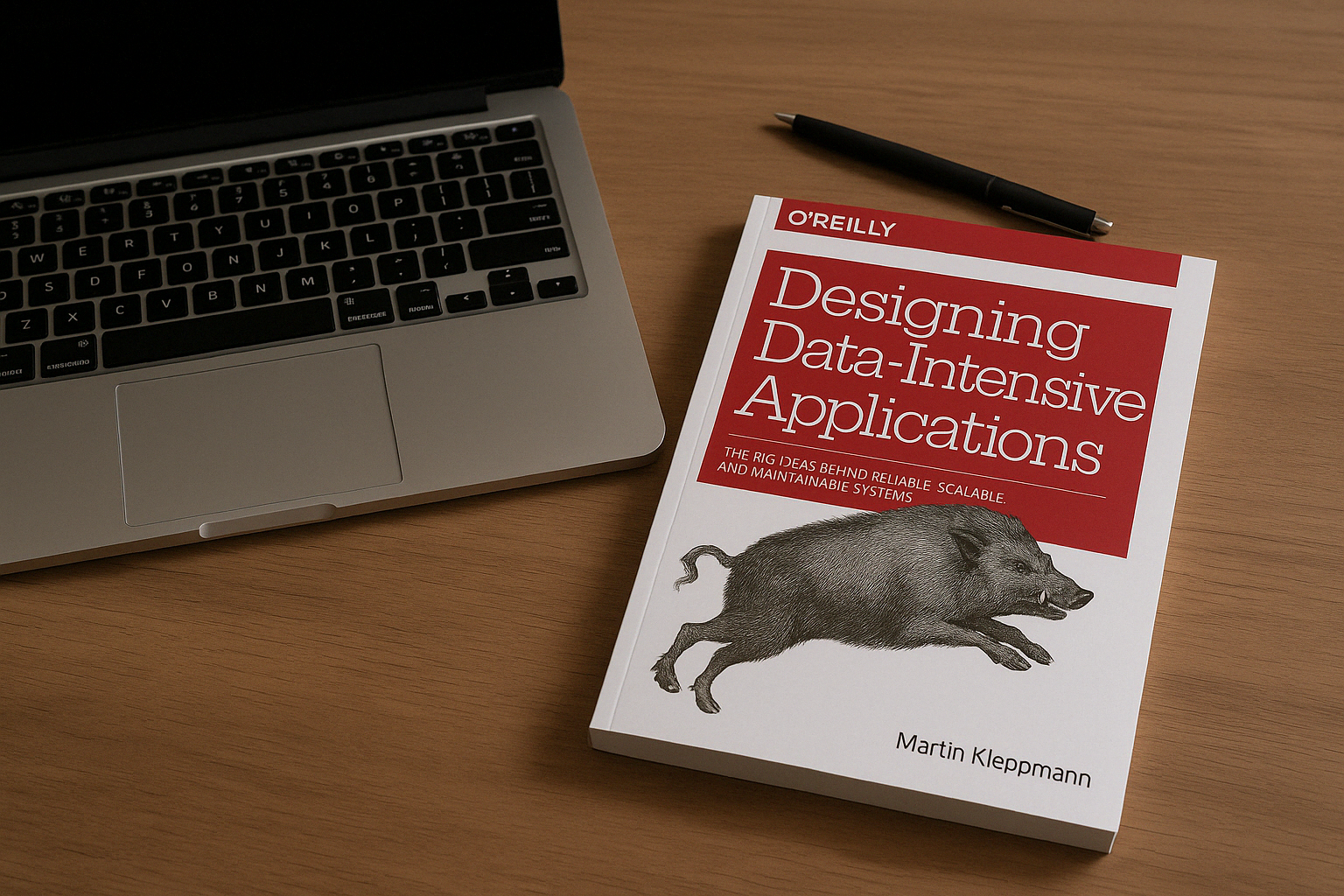Designing Data-Intensive Applications: A Guide to Building Scalable and Reliable Systems
Sat, Apr 12, 2025
A brief overview of Designing Data-Intensive Applications by Martin Kleppmann, this book offers a roadmap for building scalable, reliable, and maintainable systems, guiding developers and architects through the complexities of modern data-driven applications.
Designing Data-Intensive Applications: A Guide to Building Scalable and Reliable Systems

Designing Data-Intensive Applications – Book Cover
Key Takeaways:
1. Data Models and Query Languages
The book dives deep into how relational and NoSQL databases differ and their appropriate use cases. Understanding how data is structured, whether it’s a traditional relational model or a flexible NoSQL system, is crucial for designing effective systems. Kleppmann discusses data models like key-value stores, document stores, graph databases, and column-family stores, explaining when each is most beneficial.
2. Reliability and Fault Tolerance
Reliability is a primary concern in distributed systems. The book explains data replication and distributed systems, highlighting how to achieve high availability while maintaining consistency. Kleppmann explores different types of replication (leader-follower, multi-leader, quorum-based) and sharding strategies for fault tolerance.
3. Distributed Systems and Consistency
The book tackles the challenges of distributed systems, focusing on the trade-off between consistency and availability. Concepts like Paxos, Raft, and Eventual Consistency are explored, helping developers strike a balance between the two in large-scale systems.
4. Batch and Stream Processing
With the rise of real-time applications, stream processing has gained prominence. Kleppmann contrasts batch processing and stream processing, offering insights on how each method works and tools like Apache Kafka and Apache Flink to manage large-scale data streams in real-time.
5. Data Integration and Architecture
Data integration is essential for managing data from multiple sources. The book covers ETL pipelines, event-driven architectures, and CQRS (Command Query Responsibility Segregation) for managing complex data flows within distributed systems.
The Architecture of Modern Systems
Kleppmann shifts focus to the architecture of systems capable of handling both structured and unstructured data. He introduces Event Sourcing, which stores changes as immutable events, allowing developers to rebuild system states and improve fault tolerance.
Conclusion
Designing Data-Intensive Applications is an essential resource for anyone working with large-scale data systems. With deep technical insights, practical examples, and a strong focus on system design principles, it helps developers navigate the complexities of building reliable, scalable, and maintainable applications in a data-driven world.